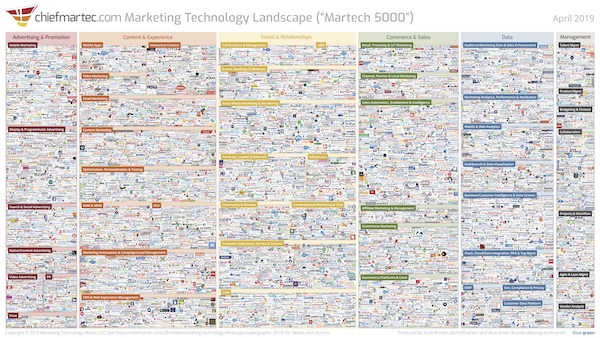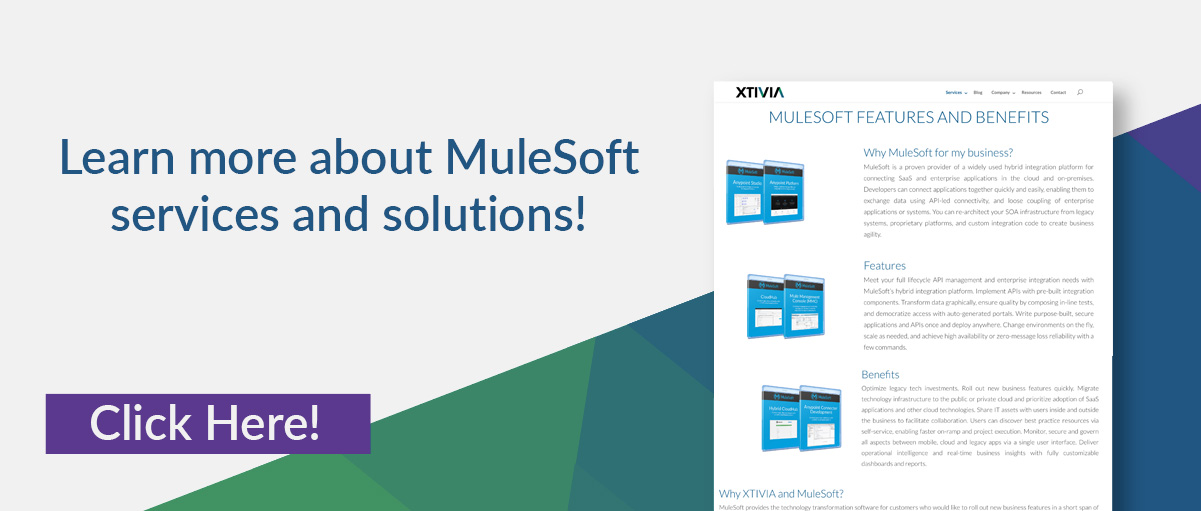Enterprise today is undergoing a significant upgrade through digital transformation to connect data and unify communications. Some of which is facilitated by MuleSoft API connectivity. But let’s begin at the beginning.
Digital transformation is not just about buying the latest and greatest technology. Instead, think of digital transformation as the process of improving your customer’s business outcomes through digital technology. For digital transformation initiatives to work, business leaders must embrace new ways of connecting people, data, and processes to create value for their customers.
Yes, digital transformation is about digitizing the systems and processes for every part of the business. But just as (or more) importantly, digital transformation moves businesses from systems of transactions to systems of engagement with personalized information, features, recommendations, and marketing. Engagement systems extract information from customers and bring it to life. Developing a personalized and rich experience with customers increases their lifetime value and makes them advocates of a business (Source).
We are in the age of the “Internet of Things” (IoT) digital device relationships and accessibility that is quickly creating an “Internet of Me” mentality for customers.
This means companies need to change how they’re thinking about technology. It is now possible for drivers to buy a car insurance policy online, for pet owners to order 70-lb bags of food to be shipped to their door with their smartwatch and for viewers to watch a blockbuster movie by streaming it on the device of their choice. Behind all these outcomes is IT infrastructure for thousands of endpoint connections that need to happen to deliver those customer experiences.
“With major disruptions happening in multiple industries, no company is too big to have the rug pulled from under it. It is no longer about the big eating the small; it is now about the fast eating the slow.“
~ Ross Mason, MuleSoft Founder
Not If But When
According to API software developer MuleSoft, digital transformation is no longer a case of “if” but “when.” According to MuleSoft’s Connectivity Benchmark Report 2019, in the last year, organizations have moved beyond planning to execution. Nearly 97% of IT decision-makers are currently carrying out, or plan to carry out digital transformation initiatives. Survey respondents shared their top three goals for pursuing digital transformation are:
- Increasing IT’s operational efficiency.
- Improving customer experience.
- Increasing business efficiency.
But how do you know when your organization needs Digital Transformation? The short answer is that companies need to initiate a Digital Transformation process when their ability to meet customer needs is outpaced by their ability to deliver it easily, effectively, and efficiently.
It’s likely time to initiate a Digital Transformation process when your company:
- Has many diverse applications running that need to be integrated and maintained,
- Employees are spending more time on maintaining legacy technology than on innovating solutions and supporting employee performance,
- Has a fragmented view of your customer buying journey and experience with your brand; and/or,
- When you are constrained in rolling out new features and upgrades.
What makes things interesting is that, in some organizations, when a piece of technology is needed, the more “creative” employees will simply develop it or buy a SaaS product, and go around the IT team. Of course, this only makes the problem worse.
Making the Case for Transformation
Company leaders need data to make informed decisions. And organizations are collecting more data than ever before to function.
Here is an image by ChiefMartech of the apps that companies need to function—maybe not all at the same time, but a good many of them run concurrently.
That means your company is using numerous applications, that all need to talk to each other, AND you need to leverage your legacy technology investments to extract the data you’re collecting.
MuleSoft’s Connectivity Benchmark Report 2019 reveals that, on average, organizations are using 900 individual applications across their business.

And yet, despite the huge number of individual applications organizations use, a relatively small number (29%) are integrated or connected. Even then, organizations are currently spending 22% of their IT budgets each year on integrating different technologies.
So, with all the apps that businesses today need to function, it can be complete chaos for the IT team to manage.
Digital Transformation Recommendations
Some recommendations that can support your organizational initiatives in Digital Transformation are as follows.
- IT must evolve into a self-service platform for business users with reusable data assets to accelerate digital transformation, improve agility, empower faster innovation, and increase the speed of solutions delivery without IT intervention.
- IT and line of business leaders and users need to partner to ensure business priorities and IT investments are aligned and mutually supportive of overall business goals.
- Use Application Program Interfaces (APIs) to access and open the data you’re already collecting, and deliver reusable assets that accelerate digital transformation and revenue growth

The bottom line is that enterprises must rise to meet new and evolving standards, customer expectations, and unified data exchanges. And that happens through API connectivity—for both on-premise and cloud-based apps and systems.
With a MuleSoft API implementation, developers can connect applications together quickly and easily for data exchange, and loose coupling of enterprise applications or systems. They can re-architect your organization’s IT infrastructure from legacy systems, proprietary platforms, and custom integration code to create business agility.
To be transparent, XTIVIA is a long-time partner with MuleSoft, a leading provider of a widely used hybrid integration platform for connecting SaaS and enterprise applications. We have 100+ MuleSoft certifications amongst our developers. Our developers help our customers succeed with new MuleSoft implementations. We also remedy failing projects that got started and need technical intervention for course correction.
Connect your data, apps and systems with MuleSoft API connectivity. You make the most of your data, unify your communications and facilitate your organization’s digital transformation. Because it’s not “if” your organization will experience it but when.
Related Content:
You may also consider reading API Strategy: Reaping the Business Benefits of APIs to understand the importance of creating an API Strategy and the key steps involved therein.
Interested in learning more about MuleSoft offerings and how a MuleSoft integration partner like XTIVIA can benefit your business? Learn more about MuleSoft or Contact us today!



